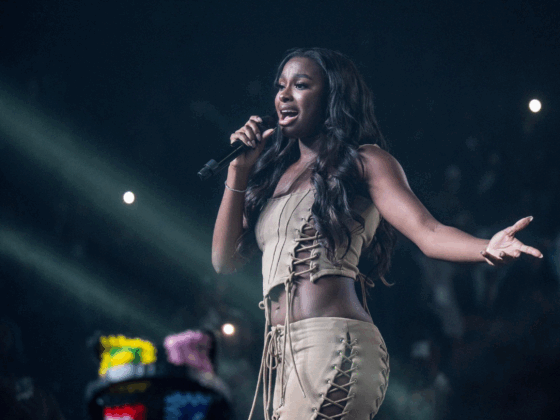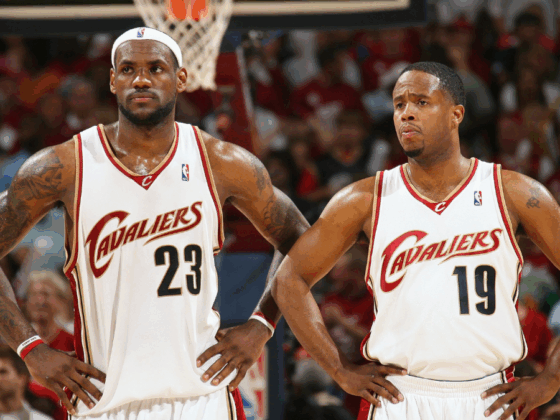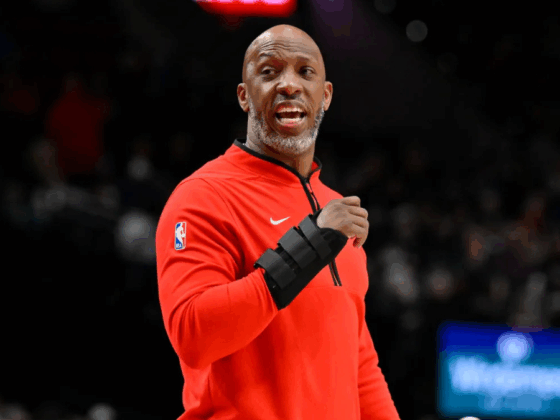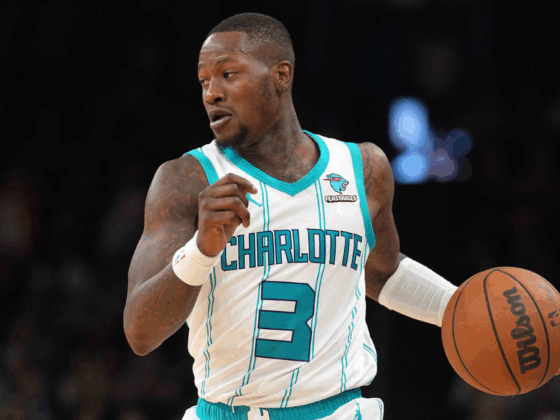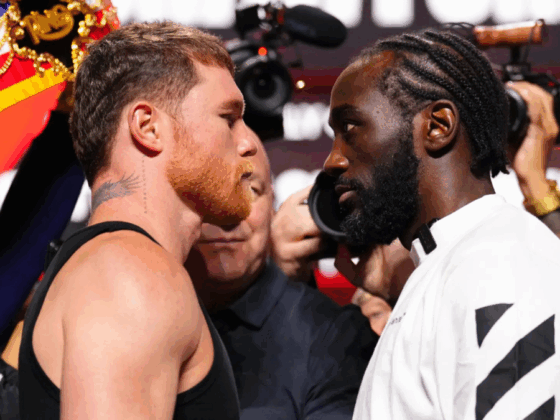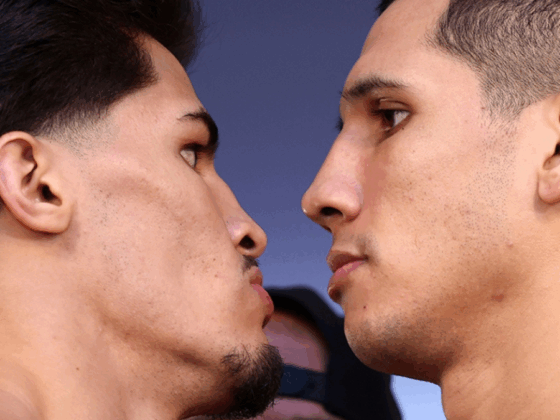
Two seasons ago the Denver Nuggets were eliminated from postseason contention on the final day of the regular season. The contest, an overtime nail-biter against the Minnesota Timberwolves, was a matchup of two young divisional foes yearning for their first taste of playoff basketball. Denver had beaten Minnesota just a week prior, to set the stage for the ‘winner-take-all’ clash that ultimately left them on the outside looking in. At the time the Nuggets’ two young stars, Nikola Jokic and Jamal Murray, were 22 and 20 years old, respectively.
That loss, while painful, may have been the seminal moment that molded this iteration of the Denver Nuggets franchise. Jokic and Murray may very well look back on that night as a turning point in their careers and for the franchise that drafted them.
The early portion of an NBA career largely involves experiencing and learning from failure. If you give two young rising stars a sniff of success and entitlement they may become slightly complacent in the grander scheme. But if you rip away a chance at two youngsters’ first glimpse of professional playoff basketball, you motivate them for an entire summer.
And indeed, that summer changed Denver’s franchise trajectory dramatically. Rather than fixating on their failure, Jokic, Murray, and the rest of the young Nuggets core used it as motivation to realign their goals and build a foundation for their future potential. They studied their team weaknesses in detail, most notably defense and turnovers…the two common calling cards of most inexperienced teams and worked to correct them.
There were signs that this version of the Denver Nuggets would materialize. The Nuggets, uncharacteristically of comparable developing teams, were phenomenal offensively when their franchise cornerstones shared the court throughout the 2017-18 season, maintaining a 114 offensive rating. One might theorize that if you moderately improve the team defense and minimize turnovers, you have the recipe of a perennial 50-win team.
But even the most optimistic Nuggets fans would not have prognosticated the improvements would have manifested just a season later. The 2018-19 season renewed Denver’s belief that they had a special core of young talent. The Nuggets battled with the title-favorite Warriors for the best record in the Western Conference. They came within one game of the Western Conference Finals, heartbreakingly ending their season to another division rival. In thirteen months, an improved defensive scheme and attention to detail catapulted the Nuggets from the lottery to their deepest playoff run in a decade.
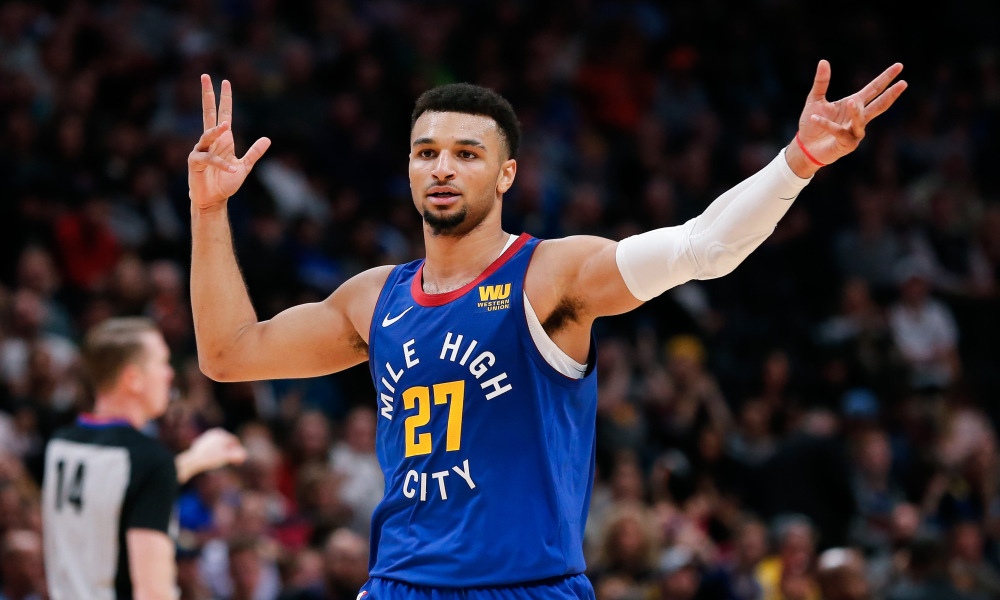
Heading into the 2019-20 season, the Denver Nuggets’ script for success is largely unchanged. The offense will continue to be centered around Jokic and Murray as they blossom into two of the NBA’s youngest stars. Paul Millsap’s improved health, after suiting up in 78 of 82 games last season, will be a spark plug on both the offensive and defensive end.
Denver may be the deepest team in the entire conference, which is a good and bad problem for head coach Mike Malone. In the frontcourt, Denver has seven rotational players likely to receive playing time. The prolonged health issues of Michael Porter Jr. – the Nuggets’ 2018 lottery selection – delays another tough roster decision. Serving in rotational roles, Denver has a multitude of young players who could continue to grow into contributors at the highest level.
Jokic is undoubtedly the Nuggets best player, and arguably the best big man in the game today after his showing at the FIBA World Cup. Murray is fresh off a five-year, $170 million extension that pays as though he’ll become a perennial All-Star. Both will serve as fulcrums in driving the Nuggets toward success, largely through efficient offense.
After Jokic and Murray however, if the Nuggets are to reach the pinnacle of their lofty expectations, Gary Harris will be the one to facilitate that transformation.
Last season, Harris posted subpar shooting figures from both behind the arc and from the field overall (in the 35th and 36th percentile at his position, respectively, per Cleaning the Glass). Young, inconsistent shooting guards with similar profiles to Harris have also experienced year-long shooting slumps and moved on to be solid contributors for playoff teams. Joe Johnson shot just 30% from 3-point range in his fifth season (last year was Harris’ fifth) and became a seven-time All-Star. Richard Hamilton shot less than 30% on 3-pointers in 3 of his first 5 seasons in the NBA, and then became one of the important contributors for the 2004 NBA Champion Detroit Pistons.
There is data to support the possibility, and even the probability, that Harris has a career year in 2019-20. He already possesses some of the intangibles that the Nuggets lacked last season in their playoff push – active perimeter defense and off-the-dribble shot creation – to bolster the Nuggets’ secondary lineup he’ll be expected to lead.
He can still improve defensively by limiting touch fouls on the perimeter. Harris posted a 2.8% foul rate last season, which was in the 75th percentile at his position, per Cleaning the Glass. Pairing an engaged Harris with the newly-acquired Jerami Grant on the wing is enough length to make opponents stutter. It wouldn’t be surprising if Harris reverts back to a bench role and becomes a candidate for the 6th Man of the Year award.
Denver’s strongest competitive advantage in the Western Conference may well be their bench production. Like Harris, Grant will be a major contributor for the Nuggets this season, his greatest asset being his proven ability to be fungible enough to contribute alongside high-usage teammates. Grant’s greatest impact for this Nuggets outfit will come in minutes with the secondary unit.
A secondary lineup featuring Grant, Torrey Craig, and Millsap — serving as a small-ball center — will curtail double-digit deficits for the return of Jokic-centric offensive units. Mason Plumlee can still contribute meaningful minutes but will need to do so with less playing time than he was assured last season. Monte Morris, with another year of experience and an improved outside shot, has a legitimate chance to blossom into one of the best back-up point guards in the NBA. Morris scored 1.17 points per shot attempt last season; one of the most efficient marks among all point guards, per Cleaning the Glass.
All of this and Denver’s lottery pick from just a season ago, Porter Jr., still hasn’t suited up at the professional level. While playing your first career minutes in a regular-season game, rather than in the summer league or the preseason, seems trivial, it can have a profound effect on a rookie’s confidence. How does Porter react if he misses a defensive rotation in the second quarter, then doesn’t see the floor again for the rest of the night?
It is also difficult to envision Porter Jr. getting sufficient guaranteed playing time to learn through his mistakes unless he impresses fairly quickly after his premiere. This seems unlikely given that he hasn’t played five-on-five basketball in almost a year and a half.

The Northwest Division will be competitive again this season, though the commensurate firepower is dampened by Oklahoma City’s roster shuffle. The Utah Jazz is almost certainly a lock for a playoff spot in the West, after bolstering its roster with the additions of Mike Conley Jr. and Bojan Bogdanovic in free agency. Portland is another strong contender for the playoffs, adding Hassan Whiteside and redistributing playing time to provide more opportunity for Zach Collins and Anfernee Simmons. Minnesota is likely lottery-bound again in their first full season without Jimmy Butler.
Outside of their division, the Denver Nuggets faces serious competition from the two Los Angeles franchises in their quest for a conference championship. Both the Clippers and Lakers require that their opponent have a long rangy defensive option on the wing to remain competitive, as both rosters are constructed around versatility at the forward position. The Grant addition certainly helps the Nuggets’ cause, but going against the league’s best (Leonard, George and James may very well be the three best wings in the game) can be a grueling burden for one player to carry in a seven-game playoff series. And, the Nuggets are already above the cap for the upcoming season, making it unlikely that they’ll be able to bolster their roster through any means other than a buyout at the deadline.

The Western Conference will be a battle of attrition from December until April, with twelve teams vying for a realistic birth for the 2020 postseason. Denver expects to secure home-court advantage again after the leap they made last season. Anything less would be considered a regression.
A cynic would argue that every top Western Conference team, except for the Warriors and Thunder, improved the strength of their roster this summer. An optimist would argue the Nuggets haven’t yet reached their full potential. One could argue they will be one of a handful of teams setting the course of the 2019-20 season for the conference and the league as a whole.
The Denver Nuggets are legitimate contenders to have the best regular-season record in the Western Conference this season. But after last postseason, they won’t be satisfied with another meager trip to the semifinal series. The Nuggets now have goals much higher than they did just a summer ago.
